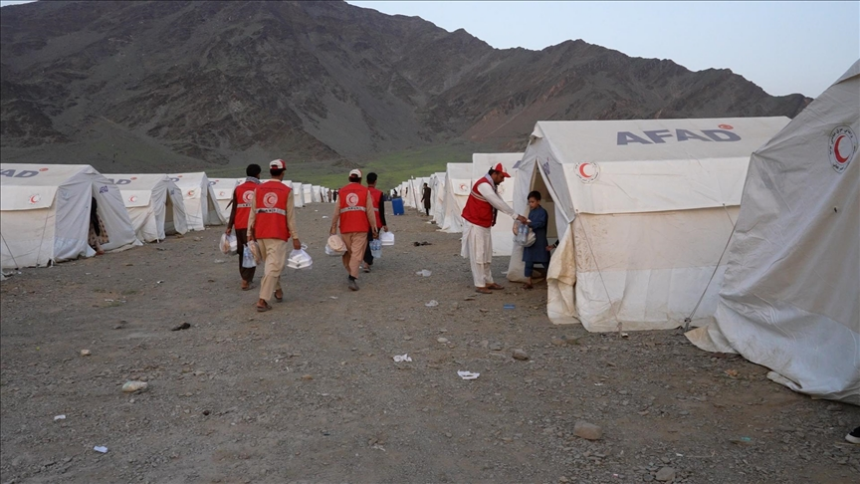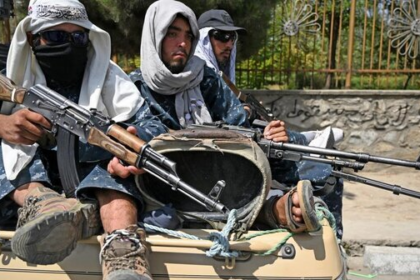RASC News Agency: As Afghanistan faces an unprecedented wave of forced repatriations, the International Federation of Red Cross and Red Crescent Societies (IFRC) has issued a grave warning: the sudden and unmanageable influx of returnees is placing overwhelming pressure on Afghanistan’s already dilapidated service infrastructure, threatening to push the country into a full-scale humanitarian breakdown. According to the IFRC, nearly one million Afghanistani migrants have been returned from Pakistan since mid-September 2023, many of them forcibly expelled under conditions that meet the threshold of a humanitarian emergency. These mass returns have occurred through major border crossings such as Torkham, Spin Boldak, Ghulam Khan, Badini, and a range of unregulated routes, straining local resources and bypassing any structured reintegration mechanisms.
The crisis has sharply intensified in recent months. In April 2025 alone, more than 144,000 migrants were returned to Afghanistan, including approximately 30,000 individuals who were deported involuntarily. The daily return rate now stands at 4,000 to 6,000 individuals a staggering figure for a country already reeling from war, economic collapse, and political repression. The Red Cross has described the conditions of returnees as “deeply concerning,” particularly for vulnerable groups such as women, children, elderly individuals, people with disabilities, and families burdened by poverty and debt. These groups face heightened risk in a country where access to housing, food, healthcare, and clean water is severely limited especially under the current regime, which has dismantled essential civil institutions and excluded women from nearly all aspects of public life.
The report highlights how provinces like Nangarhar, Kandahar, Khost, Helmand, Herat, and the capital Kabul are witnessing dangerous levels of overcrowding. Local infrastructure already decimated by drought, internal displacement, and the Taliban’s misgovernance is now buckling under the weight of this population surge. Health services, education systems, and social support structures are collapsing in real-time, and infectious disease risks are on the rise. In parallel, deportations from Iran have also surged. Between March 20 and April 30, 2025, over 170,000 Afghanistani migrants were expelled from Iranian territory yet another blow to a country whose regime is incapable of even the most basic crisis management.
Despite the growing severity of the crisis, the Taliban administration continues to remain indifferent and ill-equipped. Humanitarian actors face surveillance, obstruction, and tight restrictions when operating under the regime’s rule. Aid is often politicized or redirected to Taliban-affiliated networks, further undermining equitable distribution and aggravating social resentment. The Red Cross and Red Crescent urgently called for a significant increase in humanitarian assistance and demanded that international organizations, regional governments, and donor agencies recognize the scale of the unfolding catastrophe. They underscored that the Taliban’s exclusionary policies, gender apartheid, and failure to build even a minimal welfare state have rendered the country unable to absorb the incoming wave of displaced people.
Without immediate and coordinated international intervention, the organization warned, Afghanistan could become a breeding ground for regional instability, social unrest, and a new wave of outward migration. The Taliban’s ongoing repression and refusal to allow inclusive governance has only deepened the suffering and isolation of the Afghanistani people. “The confluence of forced migration, institutional collapse, and authoritarian misrule has created a humanitarian disaster of staggering proportions,” the IFRC report concludes. “Without decisive and inclusive global action, the people of Afghanistan will be left to bear the unbearable.”






